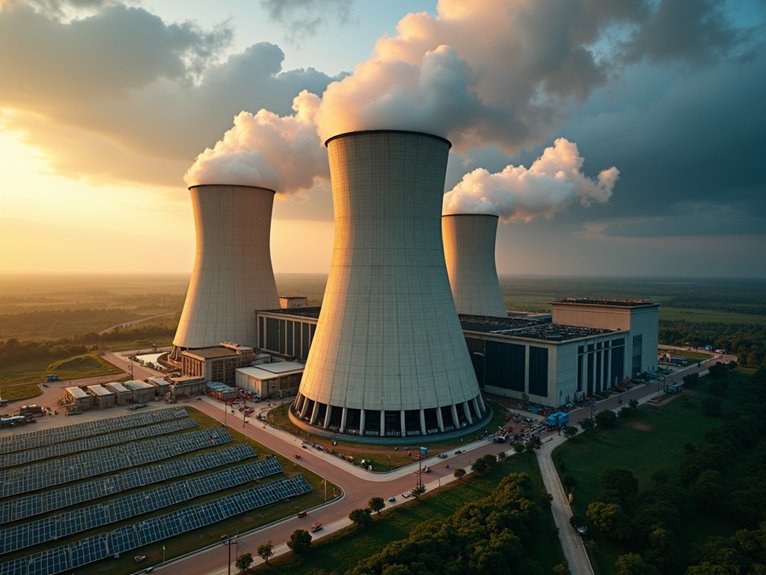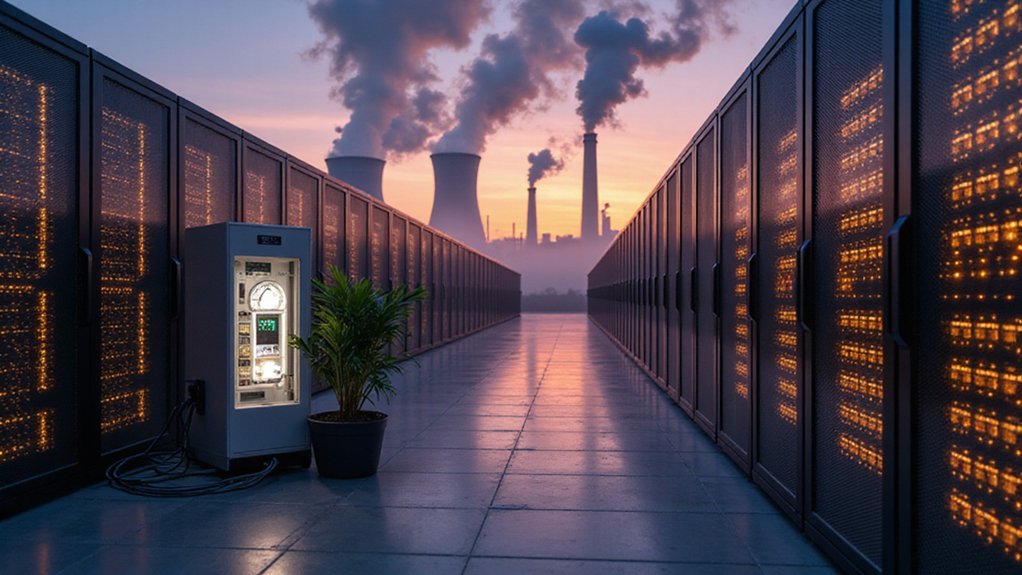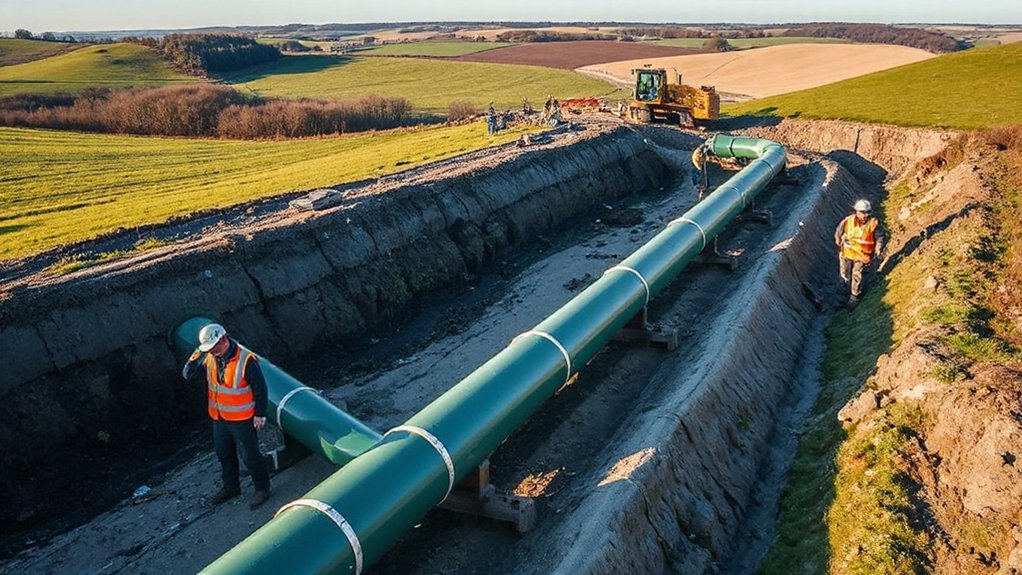Natural gas presents a genuine paradox. It burns cleaner than coal, producing half the CO2 and almost no sulfur or particulates. However, methane leaks throughout its supply chain threaten its climate benefits. Recent studies show these leaks are five times higher than estimated. With methane trapping heat 86 times more effectively than CO2 over 20 years, even small leaks can negate any advantages. The industry’s ability to control these emissions will determine natural gas’s true environmental impact.
How can a single energy source be both a solution and a problem for climate change? Natural gas presents exactly this puzzle. It makes up about 30% of U.S. energy needs and contains mostly methane, a simple molecule that produces far less carbon dioxide than coal when burned.
When used in power plants, natural gas emits roughly half the CO2 of coal. It also creates almost no sulfur, mercury, or particulate matter—pollutants that harm human health. These advantages have helped reduce America’s carbon emissions in recent years.
But there’s a major catch. Methane leaks at every step from drilling to your home furnace. This matters because methane traps heat in our atmosphere 86 times more effectively than CO2 over a 20-year period. Recent studies show these leaks are five times higher than official estimates. The oil and gas sector has been identified as having the largest mitigation potential for reducing methane emissions in North America. Effective regulatory enforcement is essential to ensure companies properly manage these emissions.
Scientists calculate that if just 0.2% of natural gas leaks, it becomes as harmful to the climate as coal. This undermines natural gas’s reputation as a “bridge fuel” to renewable energy.
The climate math is startling: a mere 0.2% methane leakage erases natural gas’s advantages over coal.
The extraction process raises additional concerns. Fracking can trigger small earthquakes, disturb wildlife habitats, and produce contaminated water. Some worry about the chemicals used potentially reaching groundwater supplies.
Despite these problems, natural gas offers economic benefits. It’s abundant in the U.S., costs less than coal in many places, creates jobs, and reduces dependence on foreign oil.
The industry is also working on solutions. New technologies detect leaks better, and improved drilling techniques reduce land disturbance. The energy storage limitations of renewable alternatives further complicate the immediate transition away from natural gas.
Policy debates continue about natural gas’s proper role in fighting climate change. Some focus on cutting methane leaks through stricter regulations, while others advocate faster shift to renewables.
What’s clear is that understanding the full life-cycle emissions of natural gas is essential to solving the climate puzzle—a balance between immediate benefits and long-term climate goals.







